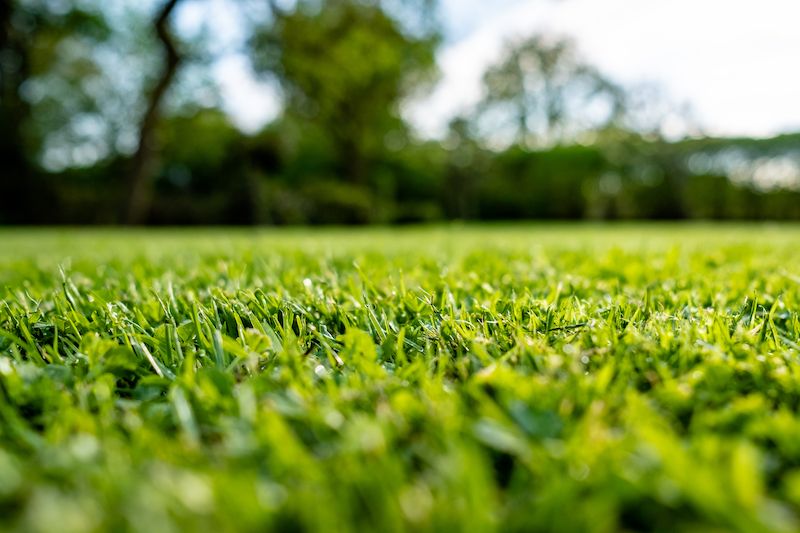

A recent survey into the Bailiwick's habitats has highlighted some "alarming" changes over the last decade.
Changes in land management - like applying fertilisers, herbicides and ploughing or leaving land to revert back to scrub - has seen a complete loss of 'unimproved' grassland since 1999.
There has also been a 90% loss of 'semi-improved' grassland.
"The results of this island-wide habitat survey are stark and concerning," said Biodiversity Education Officer, Julia Henney. "The decline in natural habitats is likely to indicate an associated decline in Guernsey's biodiversity.
"Many of the losses identified are due to changes in land management, which illustrates that our natural land does need managing, simply designating nature reserves is not enough."
Marshy grasslands, another valuable group of habitats, have declined by 37% since 1999, while the area taken up by the invasive, non-native Sour fig has more than doubled since 2010.

Pictured: The survey was carried out in Guernsey, Herm and Jethou (file image).
29km of earth banks have now been planted with non-native species or covered with artificial grass, and a lack of management has led to a 64% increase in scrub since 1999.
"The survey does highlight some positive trends, such as the increase in the area of heathland since 2010 and an increase in the area of woodland," explained Ms Henney. "These positive trends demonstrate that it is possible to restore habitats through hard work and the implementation of sound conservation measures.
"For some habitats, new conservation measure cannot come soon enough. With 90% of our species rich dry grasslands having disappeared, we are on the bring of losing it from our island and potentially the species it supports."
Various planting schemes over the years have seen woodland cover in the islands more than double over the past 20 years. Meanwhile, coastal heathland and dune heathland, which were both in significant decline by 2010, have begun to recover with appropriate management techniques.
"I hope that these alarming results can mark a turning point at which we see an increased investment in nature conservation and the introduction of policies and strategies which focus on protecting our natural world," added Ms Henney.
Pictured top: File image.
Comments
Comments on this story express the views of the commentator only, not Bailiwick Publishing. We are unable to guarantee the accuracy of any of those comments.